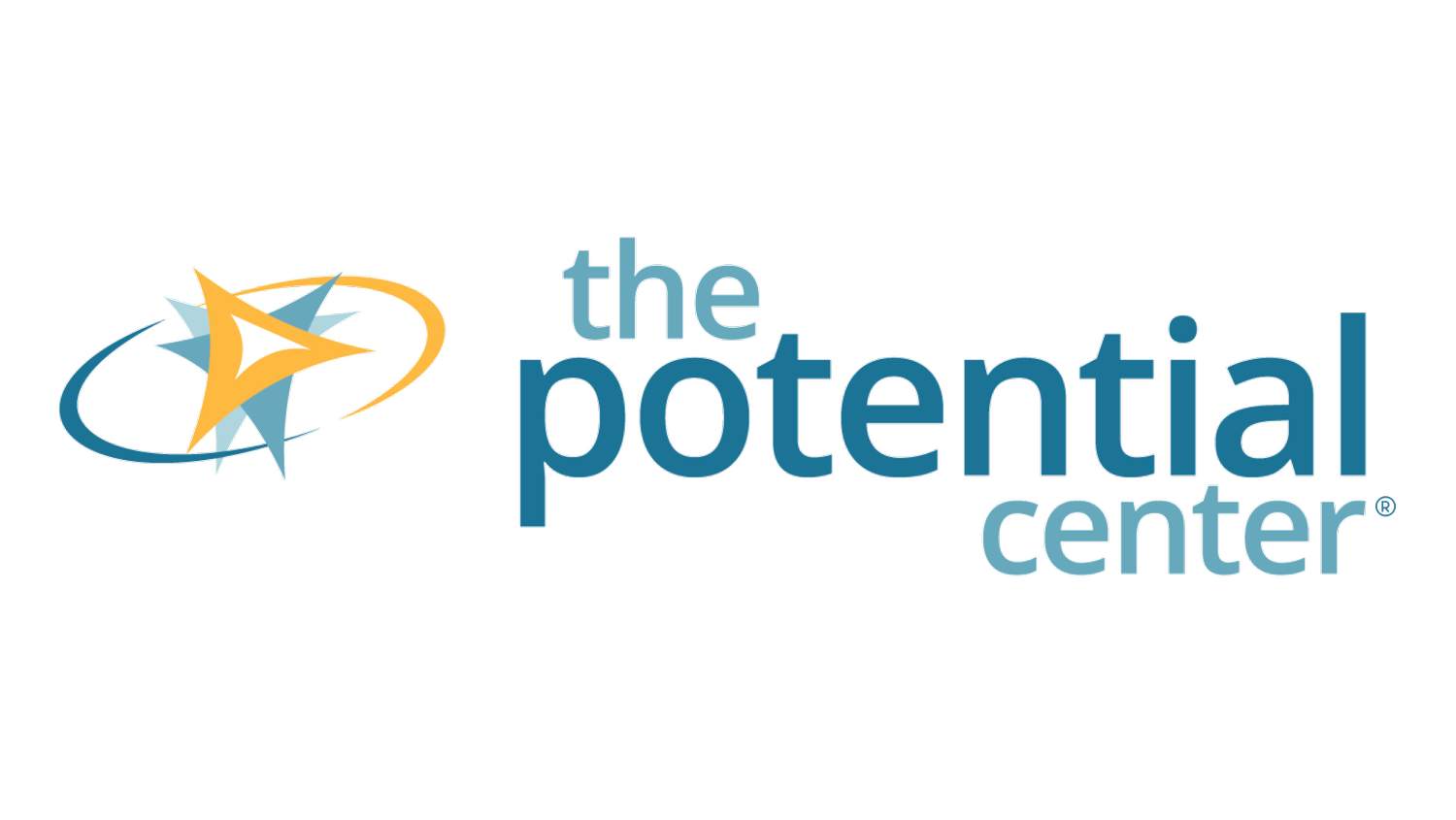Setting the scene for productive brainstorming
What makes it easy for these colleagues to share their ideas?
(Image by cookie_studio on Freepik)
How to have a productive brainstorming session
Welcome to another post in the series that dives into the Brainstorming Playbook.
Now that you’ve prepared for brainstorming by identifying the right problem, using one of the tools provided in the previous post, you can now plan your brainstorming session.
What logistics do you need to put into place?
(Image by Gerd Altmann from Pixabay)
The logistics
Who to invite, and when
How to ask them to prepare for the brainstorming session
Deciding how to capture the ideas that come out in the session
When thinking about who to invite, take into account these aspects for a successful brainstorming session:
Diversity: A range of backgrounds and experiences will produce a wider pool of ideas. A wider pool of ideas means you have more likelihood of getting an exceptionally good, maybe even innovative, solution!
Specific people beyond your team: Beyond those in your team, whose input would you value? I’ve invited members of our PR agency and graphic designers to brainstorming sessions because I valued their perspective and ability to visualize in ways that were different from our team. You can also invite those with specialist knowledge.
Potential stakeholders: A useful tactic for “getting to yes” with stakeholders is to involve them in the development of your project. Who would be future stakeholders for your project?
Announce the session in advance
If possible, give people plenty of notice of the session so that they are able to attend; I suggest three weeks. If you’re calling an urgent session, be prepared for some to decline the invitation.
In the announcement, tell people how to prepare. Do you want them to simply to come with an open mind, or would you like them to generate three ideas beforehand?
Record all ideas and report back
Nominate someone in advance to be the notetaker, preferably not someone who will be an active participant.
Create an organized document of the ideas that came out from the session, and include next steps.
If not everyone can attend, think about how you will report back to them, e.g. by sharing a recording of the Zoom call, sending a document with the collection of ideas, or a verbal report back at a project meeting.
Setting the scene on the day
(Photo by Ernys on Unsplash)
When people feel they’re in a safe environment, they’ll be more comfortable about contributing ideas. I’ve written about psychological safety in a previous post. In addition, ground rules help create an environment where there is little fear of being judged and that contribute to a purposeful and focused brainstorming session. Share these guidelines at the start of the session and get everyone’s agreement:
In brainstorming, all voices are equal
Be curious and willing to listen to all ideas
No judging – at this stage every idea is valid
Be willing to be disturbed - expect the conversation to be messy
Build on each other’s ideas
Accentuate the positive
Humor helps, and silly ideas are often useful!
I offer a few options for helping you create a culture of creative problem-solving and innovation. If you want to learn more about these options, let’s hop on a call. We may discover some useful info, for example, that you’re unsure about how to facilitate a focused brainstorming session. Schedule a time to talk here.
Till next time,
Ellia
I believe that, with the right support anyone can learn creative ways to solve problems. If you’d like to see what tapping into creative potential could look like at your place of work, contact me at Ellia@ThePotentialCenter.com to arrange a call.



